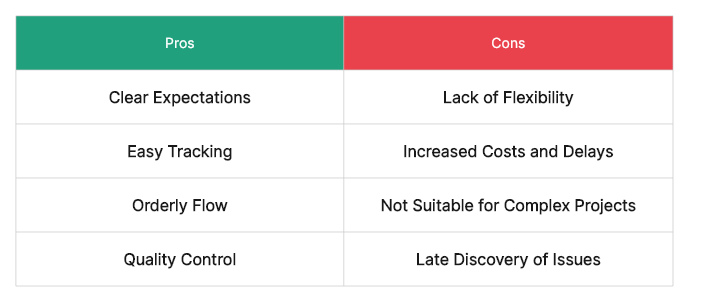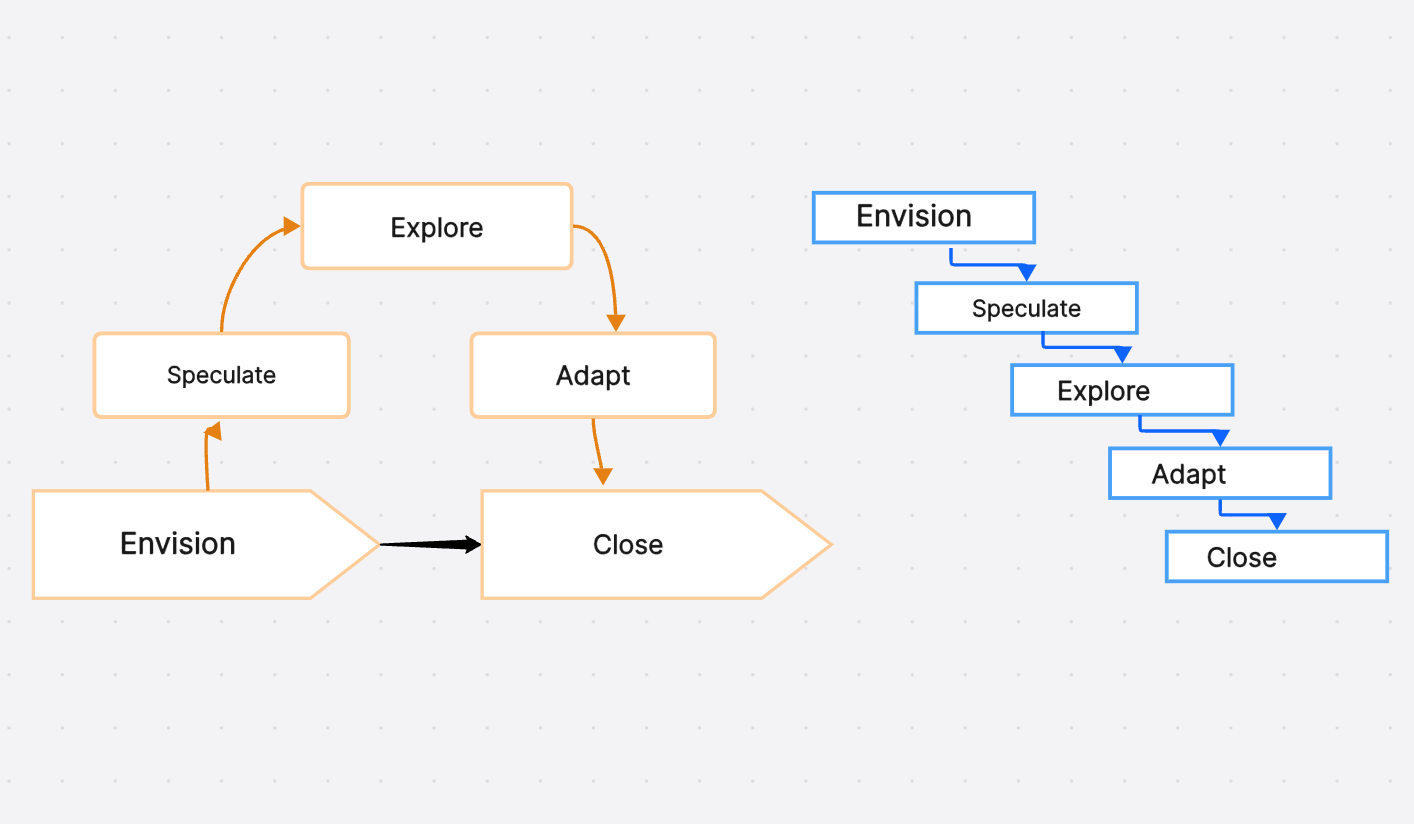Embark on an enlightening journey through the intricate world of project management methodologies. Our focus today is on one of the most traditional yet effective methods - the waterfall project management. This methodology, steeped in a rich history and proven effectiveness, has been a cornerstone in the realm of project management. This guide aims to provide you with a comprehensive understanding of this linear approach, delving into its distinct stages, exploring its inherent benefits and potential drawbacks. Moreover, we will also draw comparisons with other prevalent methodologies like Agile, providing you with a holistic view of how different strategies can shape your project's trajectory. By immersing yourself in this guide, you'll gain valuable insights into the waterfall methodology's practical application and strategic advantages.
Part 1. What Is Waterfall Project Management Methodology?
Waterfall project management is a linear, sequential approach where projects are meticulously broken down into distinct, well-defined stages. Each stage represents a specific phase of the project that must be completed before moving on to the next. This methodical progression is akin to a waterfall - steady, powerful, and unidirectional. Just as a waterfall flows steadily from one level to another without reversing its course back upstream, each stage in this methodology follows suit, ensuring a systematic and orderly flow of tasks from inception to completion.
Part 2. Stages of Waterfall Project Management
The waterfall methodology, in its essence, is a structured and disciplined approach that is typically characterized by five distinct stages. Each stage represents a critical milestone in the project's lifecycle, with each one building upon the previous and setting the stage for the next. They include five distinct stages:
- Requirements Gathering: This is the initial stage where all necessary details and requirements for the project are collected and documented. It sets the foundation for the entire project.
- Design: Based on the gathered requirements, a detailed blueprint or plan for the project is created in this stage. This includes technical specifications, system architecture design, and more.
- Implementation: In this phase, actual work begins based on the design blueprint. The team starts to build and develop the product or solution according to the plan.
- Verification: This stage involves rigorous testing and review to ensure that all implemented elements align with initial requirements and design. Any bugs or issues identified are fixed in this phase.
- Maintenance: The final stage involves ongoing support post-implementation to ensure continued functionality of the product or solution. This includes handling user feedback, making necessary updates, and ensuring overall system stability.
Part 3. Advantages and Disadvantages of Waterfall Project Management
As with any methodology, the waterfall project management approach comes with its own set of strengths and weaknesses. It's essential to understand these aspects to determine if this method is the right fit for your project.
Advantages:
- Clear Expectations: The well-defined requirements from the outset provide clear expectations for all stakeholders involved in the project.
- Easy Tracking: The distinct phases make tracking progress straightforward and manageable, providing a clear view of where the project stands at any given time.
- Orderly Flow: The sequential nature of this methodology ensures an orderly flow of tasks from inception to completion.
- Quality Control: Each stage necessitates a thorough review process before progressing onto subsequent phases, ensuring quality control at every step.
Disadvantages:
- Lack of Flexibility: Once a stage is completed, revisiting or making changes can be quite challenging, if not impossible without disrupting the entire flow.
- Increased Costs and Delays: This rigidity can lead to increased costs and delays if unforeseen changes or adjustments are required mid-project.
- Not Suitable for Complex Projects: For projects that require adaptability and flexibility due to their complexity or uncertainty, this method may not be suitable.
- Late Discovery of Issues: Problems or issues might only surface during the verification stage which could lead to significant rework if they are serious enough.
Part 4. What Is Difference Between Waterfall and Agile?
While both Agile and Waterfall are popular methodologies in the realm of project management, they differ significantly in their approach, each with its unique philosophy and execution strategy. Agile is known for its flexibility and adaptability, promoting an iterative development cycle that allows for continuous evolution and changes along the way. It thrives on feedback and incremental improvements, making it ideal for projects where requirements are expected to change or evolve.
On the other hand, Waterfall is a more traditional method that follows a rigid sequential flow. Each phase of the project is planned upfront and executed in order, much like a cascading waterfall. This methodology values predictability and control over flexibility, making it suitable for projects with well-defined requirements and minimal scope for change.
Part 5. How Boardmix Helps Implement Waterfall Project Management
Boardmix, an innovative online whiteboard tool, is meticulously designed to revolutionize the way teams manage their projects. With a keen focus on efficiency and collaboration, Boardmix offers a unique platform that seamlessly integrates with various project management methodologies, including the traditional waterfall approach. Its intuitive design and robust features make it an ideal choice for teams looking to streamline their workflow and enhance productivity. Whether you're in the brainstorming phase or deep into implementation, Boardmix provides a comprehensive solution that caters to every stage of your project's lifecycle.
Key features of Boardmix include:
- Pre-designed templates for each stage of the waterfall method.
- Real-time collaboration enabling team-wide communication.
- Easy-to-use interface promoting productivity.
- Secure cloud storage ensuring data safety.
- Comprehensive tracking tools for monitoring progress.
Conclusion
Gaining a deep understanding of various project management methodologies, such as the waterfall model, can dramatically enhance your team's efficiency and overall success rate. Leveraging tools like Boardmix, which are specifically designed to cater to the unique requirements of these methodologies, can transform the way you manage projects. Boardmix brings a level of streamlining and efficiency that was previously unattainable. It's not just about managing projects; it's about leading them to success with precision and ease. Don't just take our word for it - experience the transformative difference yourself by giving Boardmix a try today! With Boardmix in your project management arsenal, you're not just staying on top of tasks; you're staying ahead.













